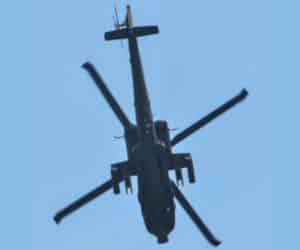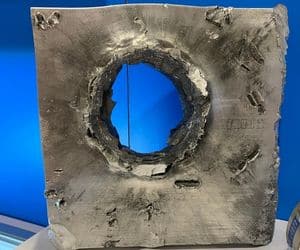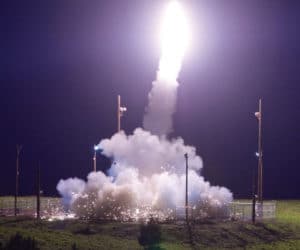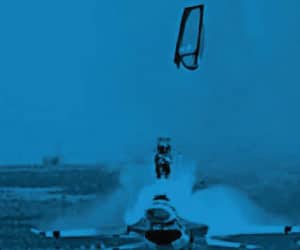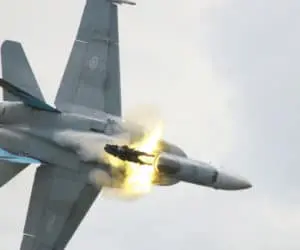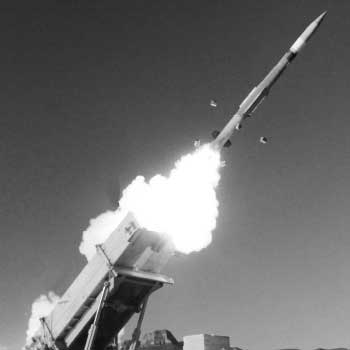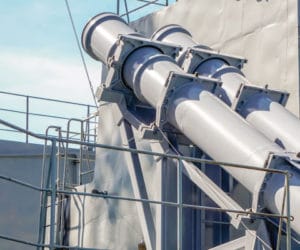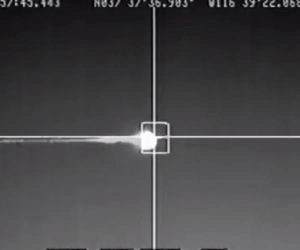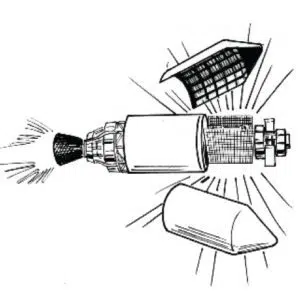Pyro Boot Camp
At PacSci EMC, regulatory requirements such as those from BATFE, OSHA, PHMSA, DOT, and export licensing coverage must be followed to ensure the safety of people, facilities, and the environment when working with explosives, and specific training guidelines are crucial for individuals and operations. Pyro devices are chosen for their speed, reliability, and versatility, and they are used in various applications from aerospace and defense to oil and gas operations, with different types including CADs, EEDs, PADs, linear explosives, and specialty devices that serve specific functions and require precise design and qualification considerations.
